Malvasia
The aromatic Malvasia of Candia is present in Malvasia wine.
Find out also how to adopt a vine of Malvasia.
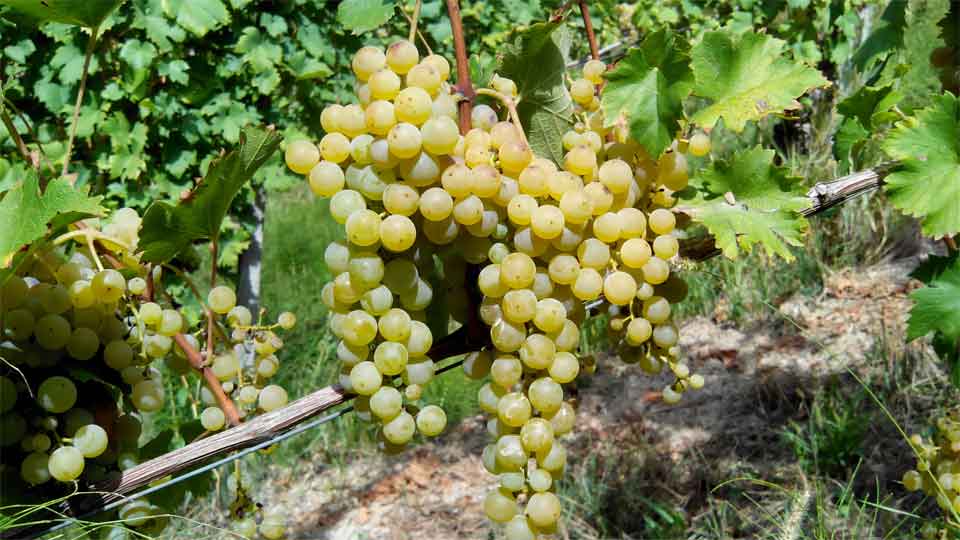
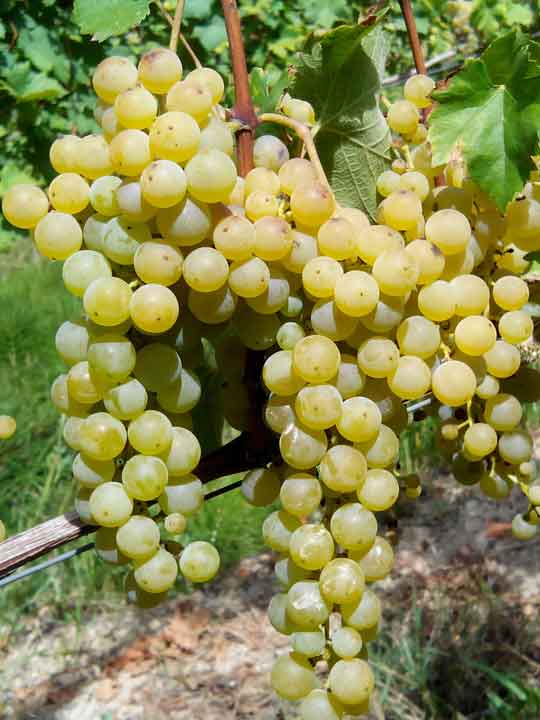

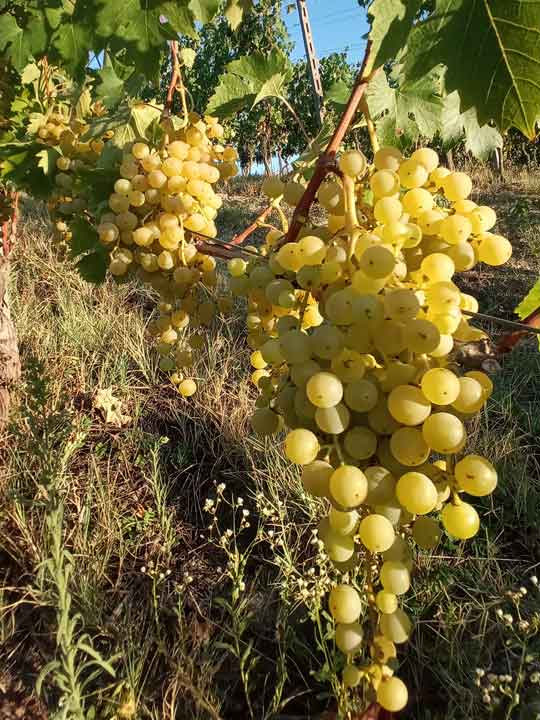
Historical background
Malvasia has one of the oldest and most adventurous histories: in ancient Greece, where it came from Asia Minor, it took its name from the port of Monemvasia or Monemvaxia, a seaside town in the Peloponnese, founded in 588 and annexed by the Republic of Venice, in 1419. From here, thanks to the Greek mariners’ and oenological talents, within a few centuries, the Malvasia spread throughout the Mediterranean basin. Today, it is found a bit everywhere, even in Madera and even in South Africa and California. In Italy, the Malvasia was imported around 1300 by Venetians, great navigators and merchants. The variety of Candia takes the name of Crete, in Latin Candia. Since 1400 Malvasia has been present in Oltrepò Pavese.
Some ampelographic nods
Traditionally cultivated in the eastern boundary, close to the Province of Piacenza, aromatic Malvasia of Candia is a vine of medium vigor and production that requires well drained, medium and high hill, not too much limestone, good exposure and warm climates. Malvasia prefers medium cultivation shape and medium-long pruning. Sprout is mediumly foamy, fluffy, whitish, with apical leaflets opened, yellowish green with bronzed shades.

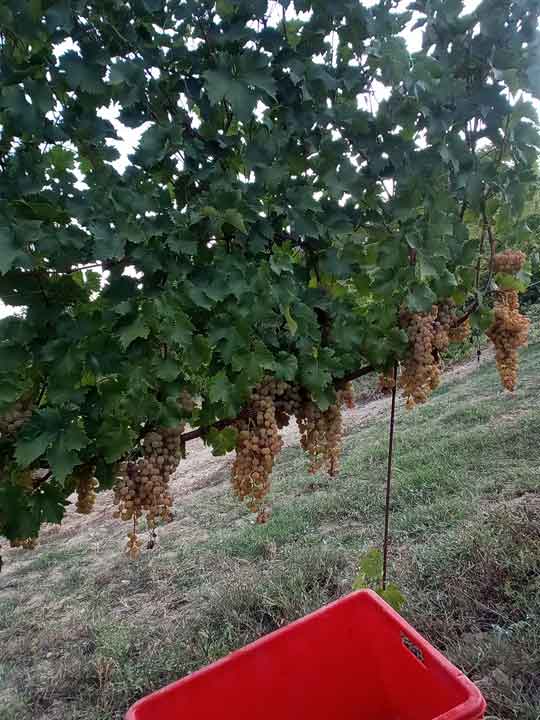
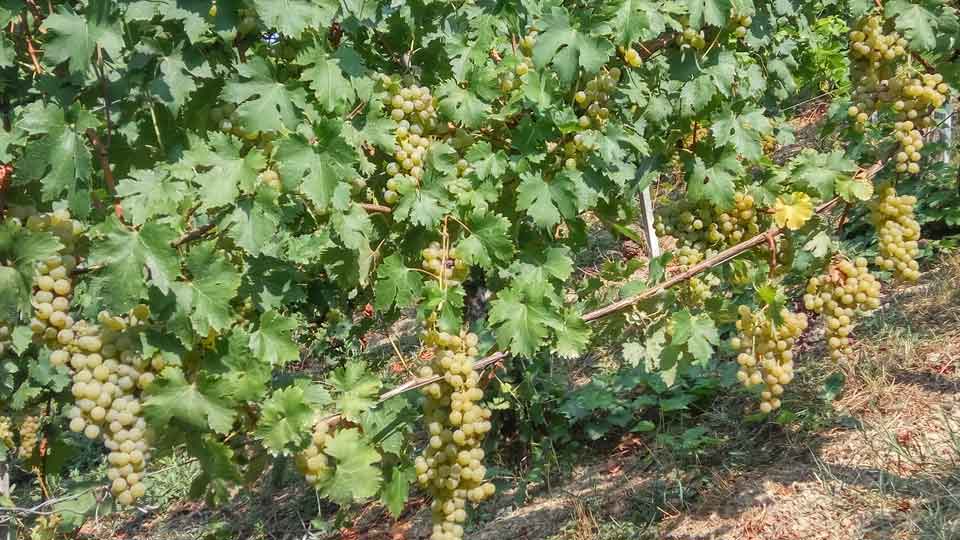
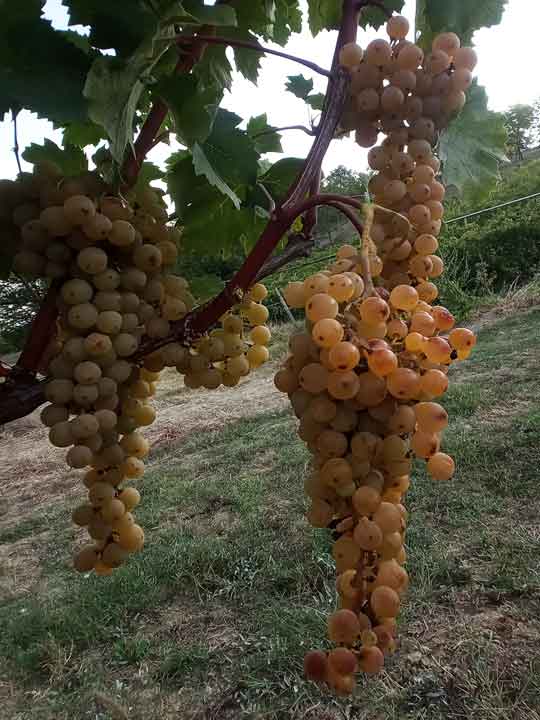
Leaf is of medium size, pentagonal, five-lobed, with petiole breast to V-U. Upper side is green and lighter, tending to the rose on the lower ribs. Bunch is more than medium, not compact, elongated, very winged, pyramidal. Grape is medium, spheroid, regular with pruinose, opalescent golden yellow, thick skin.
